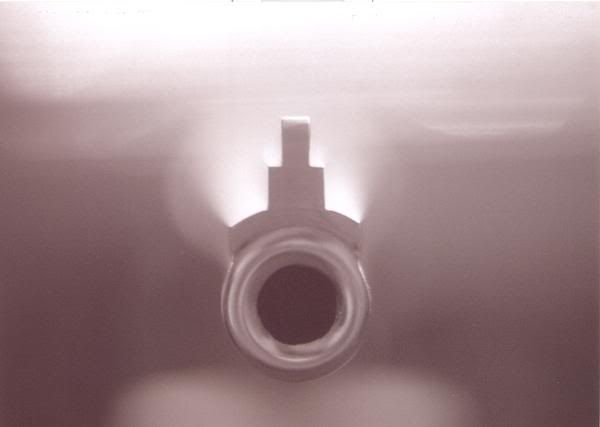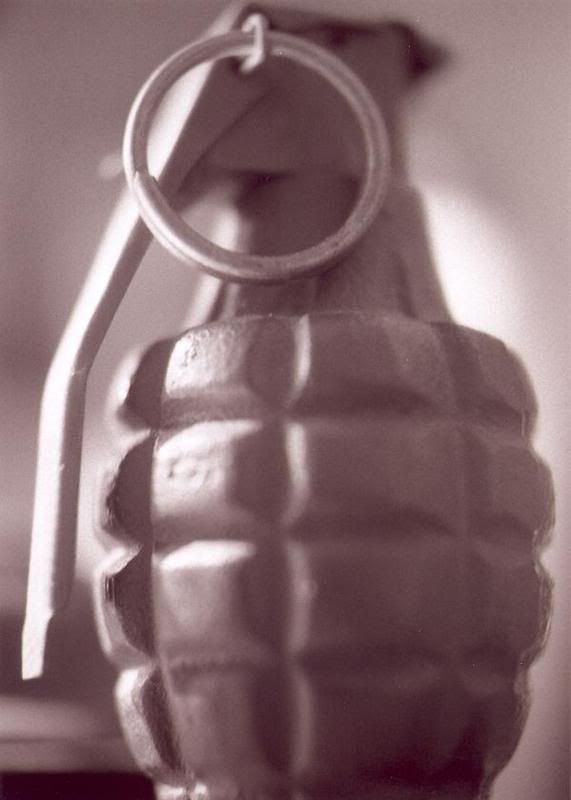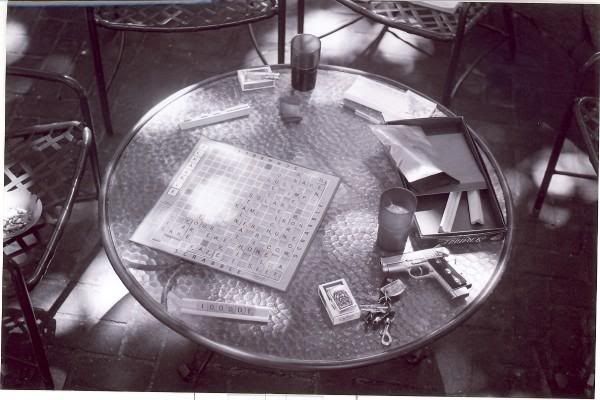Hanwei, I was at Kittery Trading post yesterday and they had 5 used Mod 28-2 for sale. Two 4" and two 6" and one slightly shortened 6". They ran from $375 to $499 (for the one I wanted natch!)
They also had some K38's, 32 HE 6", and others. Of course I was only looking in the "OLD" case, trying to find C&R stuff to bing home. I'm an impulse buyer.
The 28-2 I looked at was mint.
Let me give you a tip about the light box. Get a large piece of white cardboard, about24" X 24", and in the center, put a hole for your lens to poke through. Put that in front of the camera, over the lens, before you take your picture. That will add a "White Bounce" to the metal which will make it look richer, and will also open up the shadows and darker areas of the gun, without changing the overall appearance of the lighting.
Bounce light is the big trick to photographing metal.... any kind.
I'm going to try to find some pictures of the set up I used when I photographed a couple of the SIG catalogs for them. Shooting Stainless stell and blued guns in the same shot was rather difficult, but with my bounce light, reflectors and and little pieces of aluminum foil wrapped around blocks of wood and bricks, I could add shimmering highlights to the metal anywhere I wanted them. You can also do the opposite and use a black bounce card to throw detail into engraving or detail on a nickel or stainless gun.
Oh, you can use .38 in the gun too you know.
Bill
They also had some K38's, 32 HE 6", and others. Of course I was only looking in the "OLD" case, trying to find C&R stuff to bing home. I'm an impulse buyer.
The 28-2 I looked at was mint.
Let me give you a tip about the light box. Get a large piece of white cardboard, about24" X 24", and in the center, put a hole for your lens to poke through. Put that in front of the camera, over the lens, before you take your picture. That will add a "White Bounce" to the metal which will make it look richer, and will also open up the shadows and darker areas of the gun, without changing the overall appearance of the lighting.
Bounce light is the big trick to photographing metal.... any kind.
I'm going to try to find some pictures of the set up I used when I photographed a couple of the SIG catalogs for them. Shooting Stainless stell and blued guns in the same shot was rather difficult, but with my bounce light, reflectors and and little pieces of aluminum foil wrapped around blocks of wood and bricks, I could add shimmering highlights to the metal anywhere I wanted them. You can also do the opposite and use a black bounce card to throw detail into engraving or detail on a nickel or stainless gun.
Oh, you can use .38 in the gun too you know.
Bill

![Grin [grin] [grin]](/xen/styles/default/xenforo/smilies.vb/041.gif)
![Laugh [laugh] [laugh]](/xen/styles/default/xenforo/smilies.vb/012.gif) Call me crazy, but I want my first shots out of it to be .357.
Call me crazy, but I want my first shots out of it to be .357. ![Shocked [shocked] [shocked]](/xen/styles/default/xenforo/smilies.vb/007.gif)



![Wink [wink] [wink]](/xen/styles/default/xenforo/smilies.vb/002.gif)
![Sad [sad] [sad]](/xen/styles/default/xenforo/smilies.vb/004.gif)
![Smile [smile] [smile]](/xen/styles/default/xenforo/smilies.vb/001.gif)






![ROFL [rofl] [rofl]](/xen/styles/default/xenforo/smilies.vb/013.gif) I have some funny friends.
I have some funny friends.



